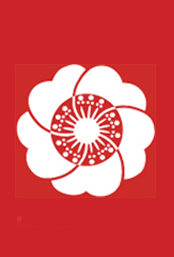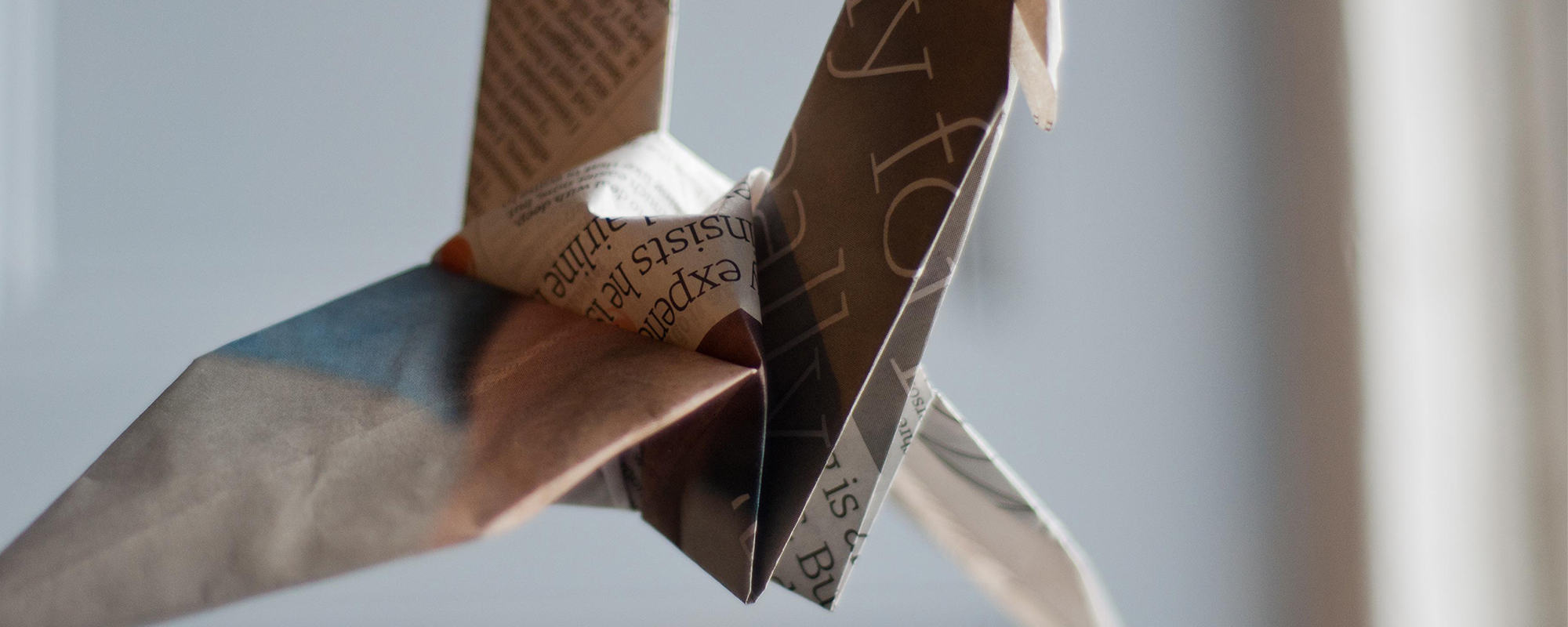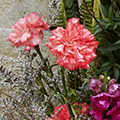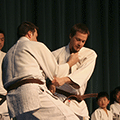Shodo
Shodo, the art of writing as an artistic discipline, is practiced by millions of Japanese, young and old. It is one of the most admired arts practiced in Japan and abroad. It is thousands of years old, beginning in China as pictograph symbols - magic symbols of scratched line on deer bones and tortoise shells. Styles include reisho clerical styles, kaisho block style, gyosho semi-cursive style, sosho running and grass style. All are important and in use today.Japan also has a unique kana style of calligraphy. Since a thousand years ago kanji characters were presumed to be too difficult for any but learned scholars, priests and male nobility to use. Kanji, Chinese style characters are of course part of the Japanese written language today, together with kana. Today there are many international exhibitions of shodo and the express black and white words communicate an intensity of experience that is beyond words. One can appreciate the art of shodo without knowing what the words mean.
Beikoku Shodo Kenkyu Kai
A Seattle calligraphy chapter, Beikoku Shodo Kenkyu Kai exhibits shodo in Japan and the United States. The oldest shodo group in the Northwest, members have won awards in the Sankei Ten International Competition, Seiboku Ten and Seishin Ten competitions.Meitou Shodo Kai
This school is headed by the venerable Yoshiyasu Fujii, who studied under Master Shunpo Akashi. Mr. Akashi was guest calligrapher to the festival in 1989 and Akashi USA School was formed. Meito was established in May 1996 as a non-profit Japanese Calligraphy Association. Master Calligrapher Yoshiyasu Fujii has over 20 years of calligraphy teaching experience.Sumi-e
Sumi-e or Japanese ink painting is one of the most approachable of the Japanese arts. Like Japanese Calligraphy (shodo) the line drawn with black ink must be charged with energy, revealing the essence of the subject. Like shodo, the black ink reveals the beauty of the white paper. Each stroke is painted once, and cannot be corrected. The traditional subjects are bamboo, flowers, mountains, water, animals and landscapes. Some artists paint only in the traditional form. Others use the black ink in a dynamic way, splashing ink like contemporary calligraphy painting, each painting reveals the inner world of the artist.Origami
Origami is the art of folding paper to make sculptures of all sorts of animals, birds, and other things that suit the maker’s fancy. It was originally used to fold paper for Shinto ceremonies, and for ceremonial use from ancient times. Origami has been used as a teaching material. Many of the shapes are simple enough for a child to learn. Others are very complex, demanding much time and attention to detail for even experienced origami artists. Classic technique dictates that the starting piece of paper be square, and that it not be cut in order to achieve the final result. However it is not wrong to make a minimal cut here or there, and the use of more than one sheet of paper is increasingly common as modern artists seek new and finer creations. One rule is absolute: NO GLUE!Origami P.A.P.E.R.
Origami P.A.P.E.R. (Puget Area Paperfolding Enthusiasts Roundtable) was started several years ago by a group formed through the Internet, as an e-mail discussion group centered around origami.PAPER is a local origami group that meets on a monthly basis to share the joy of paper folding. They have been meeting for about two decades, and are an affiliated group of OrigamiUSA, the national paper folding organization. The interests in their group vary from complex folds to money folds to modulars to cranes variations. They have members who like to create and develop new folds. Some of the members have had their works exhibited on local and national levels and at OrigamiUSA national conventions. Origami, in practice, is about sharing. This is reflected in PAPER meetings. The focus of the get-togethers is to to show each other new folds, books, and models.
Temari
The word ‘temari’ translates literally as “hand-ball.” From a simple home craft with the humble origins of a toy, the making of temari has evolved over the years into a revered art form. Early temari were made of the raveled threads of discarded silk kimonos wrapped tightly around a core of wadded fabric, rice hulls, or paper to make a ball that children could bounce while singing nonsense songs. The wrapped-thread balls that we know today first became popular in Japan during the Edo period. Over the years, many regions developed distinctive patterns, styles and colors, often following the customs and symbols of the district.Today’s temari use modern materials - a Styrofoam ball for the base, synthetic batting and thread for wrapping, even beads or ribbon for decoration - while modern communication has made it possible for everyone to enjoy a wide variety of temari designs. Temari techniques can be used to create jewelry, buttons, table decorations and even Christmas ornaments. Traditionally, Temari have been made by mothers and grandmothers for their young daughters as a special New Year’s gift. Through the centuries, temari have been considered an appropriate gift for auspicious occasions, expressing appreciation and affection.
Kibori: Traditional Woodcarving
Since earliest times wood in every form has been used in Japan. Their shrines are the purest expression of unadorned wood. Their residences were also marked by extreme simplicity. Acceptance of Buddhism led to large sculptures and immense temples where adornment served a religious purpose in the Nara period. Throughout Japanese history there had been increasing specialization of the artisan families and guilds who were supported by and assigned to temples and daimyos. During the Edo period, with the rise of the merchant class, there was pressure to increase production of luxury items.
Kiri-e
In preparation for village festivals at the shrines, it became the custom to make paper cutouts with white paper and hang them on strings from the ceiling. Traditionally the patterns reflected spring, summer, fall, winter or auspicious cutouts of pine, bamboo, and plum. Often the gods of good fortune were depicted. These were hung as preparation for performances of shrine dances or music depicting mythical gods and goddesses. Colored papers were also cut or hung.These Kiri-e were the forerunners of the Kiri-e pictures of today. Kiri-e, literally “cut picture” has similarities with Chinese cut-paper technique and the katagami (intricately cut stencils) used in kimono dyeing. The artist uses a black- or dark-cut pattern against white or colored paper.
Chiyogami Dolls
Chiyogami is a Japanese paper (washi) which is printed by engraved wood. There are many designs such as flowers or blossoms for each season. The dolls also depict Kabuki plays, manners and customs from the Edo era (Edo is the old name for Tokyo). The exact origin is unknown but it is widely accepted that it may have begun in Samurai households in the mid-seventeenth century.Usually, Chiogami dolls (Anesama Ningyo) would have no eyes, noses or mouths because the Kimono (clothing), Obi (sash or belt) and hair styles would be emphasized instead. During the Edo era (circa 1600-1875), there were clearly defined class distinctions reflected in women’s hair styles, the wearing of kimonos, and even in the tieing of the Obi. For example, samurai and ordinary citizens, married or single, young or old all had distinct styles.




